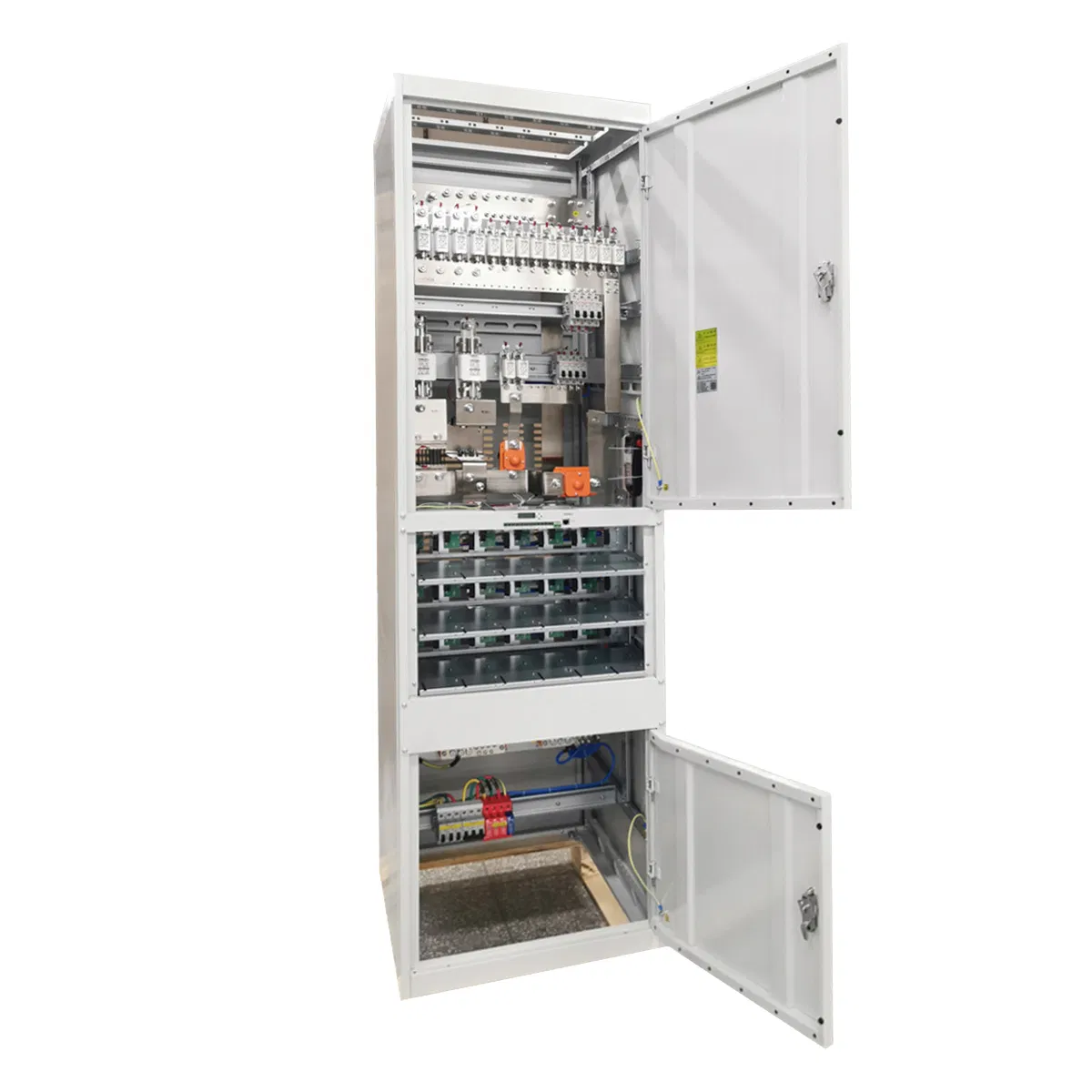Beyond Wires: The Next Chapter of Telecommunication Power Networks
In a period in which connectivity solutions are crucial, the reliability of telecommunications networks hinges greatly on the robustness of the electrical supply. https://www.soeteckpower.com/combined-dc-switching-power-supply-rectifier-system/ plays a crucial role in guaranteeing that telecommunication networks operate seamlessly, even in the face of difficulties such as power outages or fluctuations. As the need for data and communication solutions grows, so does the sophistication of the framework that supports them, making an effective energy source crucial.
Telecom direct current power systems are becoming as a key component in this domain, providing reliable and optimal power to critical elements of the network. With the increasing integration of renewable energy sources and developments in energy control technologies, the future of these power systems seems promising. As we explore deeper into the advancements transforming telecommunications energy systems, it is important to explore how these advancements are laying the groundwork for a more robust and durable telecommunications ecosystem.

Advancements in Telecom Power Supply Technologies
The telecommunications industry has seen major progress in energy supply solutions, pushed by the demand for more effective, dependable, and sustainable options. One of the most notable advancements is the evolution of telecommunications DC power systems, which utilize DC for supplying power to network devices. This technology not only improves efficiency by reducing energy loss during the conversion process from AC to DC, but it also facilitates the growing need for renewable energy integration. As telecommunication networks continue to grow, the efficient management of power resources becomes crucial for operational continuity.
In recent years, the introduction of intelligent energy electronics has transformed telecommunications energy systems. These innovations enable real-time oversight and control of energy supply, leading to enhanced performance and greater reliability. By including advanced management systems, service providers can better forecast energy needs, identify issues, and carry out preventive measures to ensure uninterrupted service. The versatility offered by these smart technologies facilitates the implementation of energy solutions across diverse environments, from cities to remote locations.
Moreover, the increasing use of modular and expandable energy systems has revolutionized the way telecom networks are powered. Modular designs allow for easy enhancements and extensions, catering to future expansion without requiring a complete revamp of the existing system. This adaptability is particularly important in a rapidly changing sector where network requirements can shift swiftly. The focus on energy efficiency, cost-effectiveness, and adaptability positions these advancements as pivotal in shaping the upcoming landscape of telecom power supply systems.
Influence of Direct Current Power Systems on Telecommunications
The implementation of DC power systems in telecommunications has revolutionized how telecom networks operate, providing numerous benefits over legacy AC systems. One significant benefit is the improved efficiency in power distribution. Direct Current solutions reduce losses of energy during transmission, causing lower operational costs and lessened carbon footprints. As telecom infrastructure expands to meet rising demands, the efficacy of DC systems becomes essential for maintaining energy requirements while encouraging green practices.
Another critical aspect of DC power systems is their capacity to facilitate advanced technologies that are transforming the telecom landscape. For instance, DC power is essential for powering equipment such as network routers, servers, and other key hardware that rely on reliable and clean power sources. By using telecommunications DC power systems, providers can ensure that their systems works smoothly and reliably, providing continuous service to customers and businesses alike. This reliability is critical as service interruptions can result in considerable financial losses, both economically and in terms of client confidence.
Additionally, the combination of green energy sources with DC power systems is boosting the future of the telecom industry. With solar and wind power becoming more widespread, telecommunication operators are more and more able to leverage these green energy options to supply energy to their facilities. Direct Current solutions align seamlessly with these renewable technologies, enabling optimal energy retention and utilization. This synergy not only promotes eco-friendly goals but also places telecommunications companies as front-runners in eco-friendly practices, which enhances their standing in a challenging market.
Upcoming Trends in Telecom Power Systems
As telecommunications networks continue to develop, the need for reliable and effective power solutions grows. One major trend is the transition towards renewable energy sources, such as solar and wind energy, to power telecommunications infrastructures. This transition not only improves sustainability but also lowers operational costs in the long run. The integration of green energy solutions into telecommunications dc power systems allows operators to minimize their carbon footprint while ensuring reliable service availability.
Another new trend is the implementation of advanced energy control systems that employ artificial intelligence and machine learning. These intelligent systems improve the performance of telecom power distribution systems by predicting energy consumption trends and instinctively modifying power distribution. Such capabilities lead to greater efficiency, minimized energy waste, and increased resilience against power interruptions. The future of Telecom DC Power Systems lies in these technological advancements that will reshape how power is managed within telecom networks.
Lastly, the growing implementation of energy storage technologies, such as lithium-ion batteries and supercapacitors, is transforming the telecom power landscape. These storage technologies provide backup power during failures, enabling uninterrupted service and boosting network reliability. Furthermore, energy storage enables peak shaving and load leveling, permitting telecom operators to more effectively manage energy costs. As these technologies continue to mature, they will play a key role in shaping the future of telecom power systems, ensuring they meet the needs of a rapidly evolving digital world.